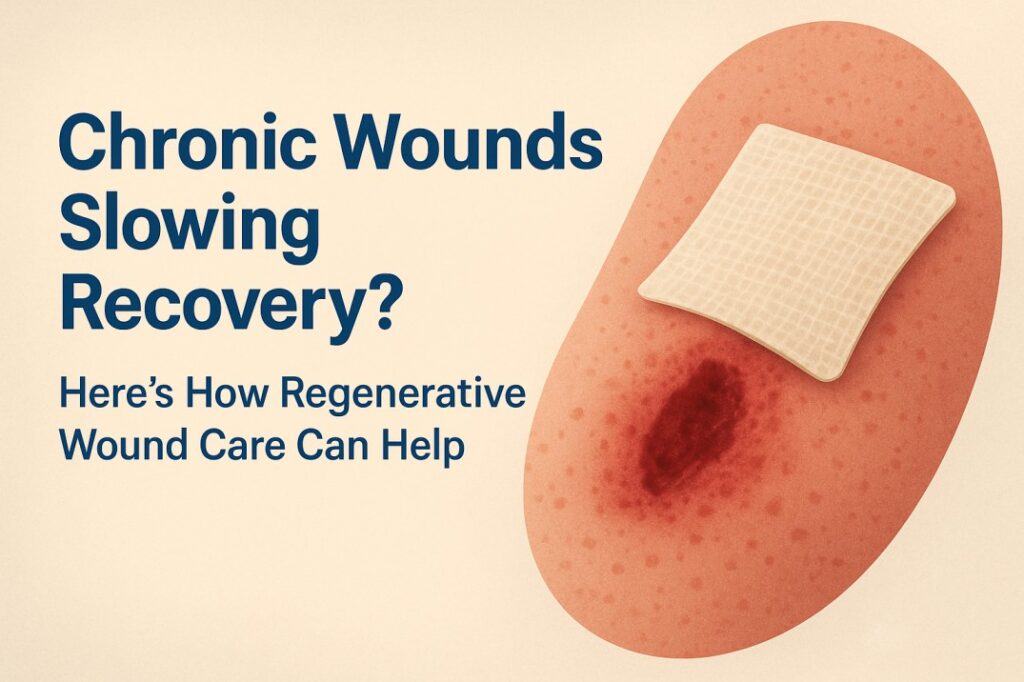With so many professional teeth whitening options available, selecting the right one for you can be overwhelming. From professional treatments to over-the-counter products, each method offers different benefits and results. Your choice should align with your individual dental needs, desired outcomes, and lifestyle. This guide will help you understand the key factors to consider and the various whitening options available, so you can confidently select the best method for achieving a brighter, more confident smile.
Assess Your Whitening Goals
Desired Level of Whiteness:
- Immediate and Dramatic Results: If you’re seeking noticeable results quickly, professional treatments might be the best option. In-office treatments can significantly whiten your teeth in a single session.
- Gradual Improvement: For a more gradual change, OTC products are a suitable choice. They offer a more subtle whitening effect over time, which may be preferred by those who are looking for incremental results.
Type of Stains:
- Extrinsic Stains: These are surface stains caused by external factors like food, beverages, and smoking. OTC products, such as whitening toothpaste and strips, can effectively target these stains.
- Intrinsic Stains: These are deeper stains that occur within the tooth structure, often due to aging, medication, or trauma. Intrinsic stains may require professional whitening or specialized treatments to address effectively.
Evaluate Your Dental Health
Current Oral Health:
- Dental Issues: If you have existing dental issues like cavities, gum disease, or tooth sensitivity, it’s crucial to address these before starting a whitening regimen. Whitening treatments can exacerbate these conditions, so proper dental care is essential.
- Enamel Condition: Healthy enamel is vital for effective whitening. If your enamel is thin or weakened, you may need a gentler approach to avoid further damage. Consult with your dentist to ensure your enamel is in good condition before undergoing whitening.
Sensitivity:
- Sensitive Teeth: If you have sensitive teeth, choose whitening methods designed for sensitive teeth or consult with your dentist about appropriate treatments. Professional treatments often include desensitizing agents to minimize discomfort.
Compare Whitening Options
Professional Whitening:
- In-Office Treatments: These treatments, performed by a dentist, use high-concentration whitening agents and advanced technologies like laser or light activation. They are ideal for those seeking fast, dramatic results and can be completed in one or two sessions. Costs typically range from $500 to $1,000, but results are often immediate and long-lasting.
- Custom Take-Home Kits: Dentists can provide take-home whitening kits with custom-fitted trays and professional-strength whitening gel. These kits offer gradual whitening over a few weeks and are usually priced between $300 and $600. They are ideal for those who prefer the convenience of home treatments with professional oversight.
Over-the-Counter (OTC) Products:
- Whitening Toothpastes: These are designed to remove surface stains and maintain whiteness. They typically cost between $5 and $15 per tube and are best for daily use to complement other whitening methods.
- Whitening Strips and Gels: Available in drugstores, these products cost between $20 and $60. They contain lower concentrations of whitening agents compared to professional treatments and are effective for moderate whitening over several weeks.
- Whitening Kits: OTC whitening kits often include trays and gel and cost between $30 and $80. They offer a middle ground between professional and basic OTC products, with results typically taking longer to achieve.
Consider Your Budget and Lifestyle
Budget:
- Professional Treatments: These have a higher upfront cost but often provide more immediate and longer-lasting results. Consider the value of faster and more significant results when budgeting for professional treatments.
- OTC Products: More affordable and accessible, OTC products are suitable for those with a tighter budget. While they may take longer to show results, they can still be effective for gradual whitening.
Lifestyle and Convenience:
- Time Commitment: Professional treatments are often quicker, requiring fewer sessions than OTC products. If you have a busy schedule, in-office whitening may be more convenient despite the higher cost.
- Consistency: OTC products may require daily use and consistent application over weeks or months. If you’re committed to a routine and prefer a gradual approach, OTC options might fit better into your lifestyle.
Consult a Dental Professional
Personalized Recommendations:
- Customized Solutions: Your dentist can provide tailored recommendations based on your dental health, goals, and preferences. They can assess your oral condition, discuss the most suitable whitening methods, and help you choose the best option for your needs.
Expert Advice:
- Safety and Efficacy: A dental professional can ensure that your chosen whitening method is safe and effective for your specific situation. They can also address any concerns about potential side effects and offer advice on maintaining your whitening results.
Conclusion
Selecting the right teeth whitening method hinges on understanding your unique needs and preferences. By assessing factors like the type of stains, your dental health, and how much time and money you can invest, you can make a well-informed choice. Whether you choose a professional treatment for immediate results or an over-the-counter option for gradual improvement, your decision should enhance your smile safely and effectively. Consulting with your dentist can provide additional insights and ensure that your chosen method delivers the best outcome for your personal goals.









